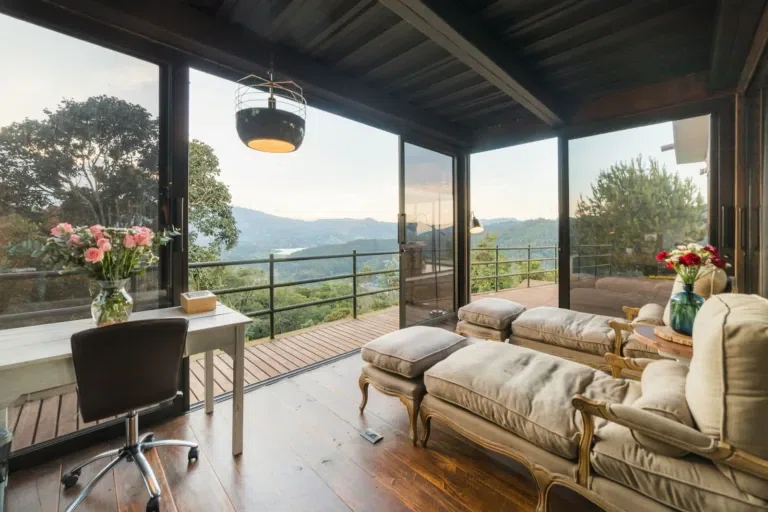
Are Sliding Windows Cheaper Than Double Hung
Windows are a crucial yet often underestimated part of your home. They influence comfort, lighting, energy efficiency, noise
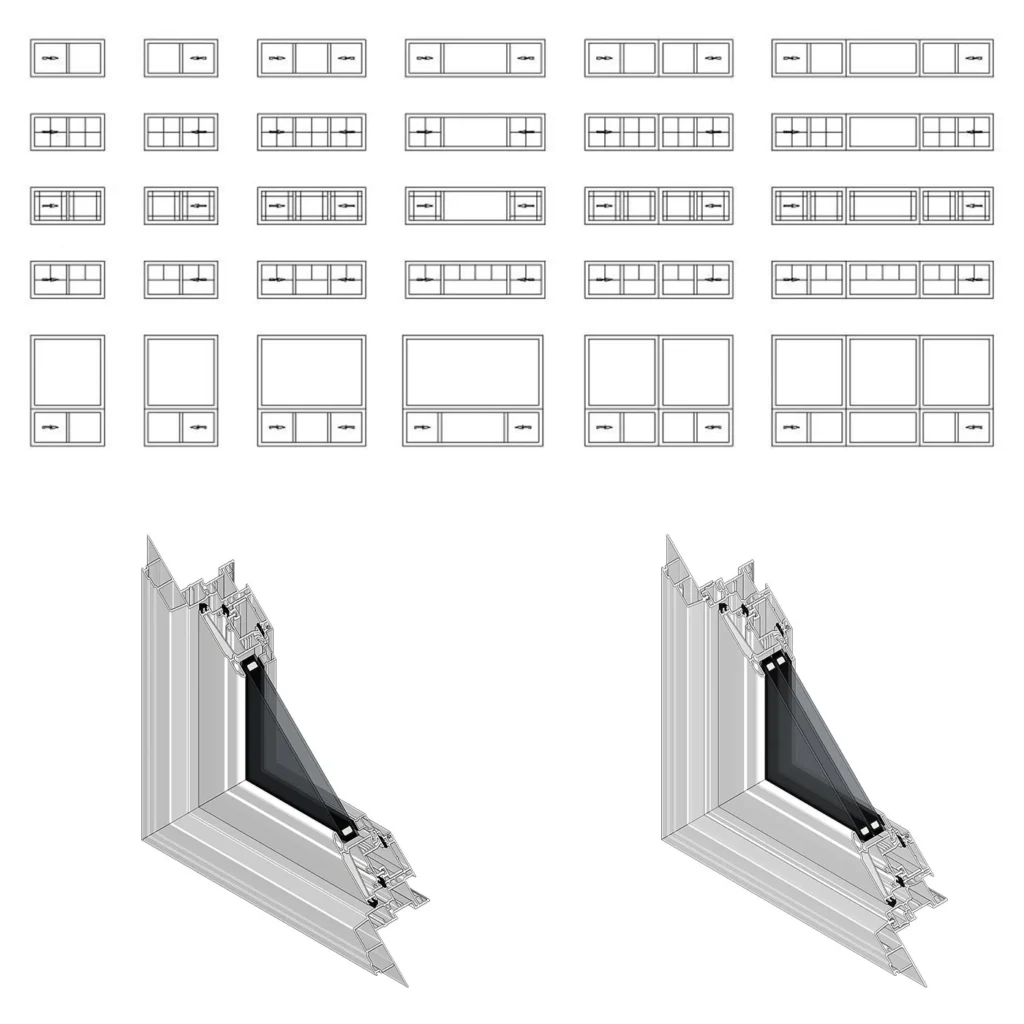

Windows are a crucial yet often underestimated part of your home. They influence comfort, lighting, energy efficiency, noise
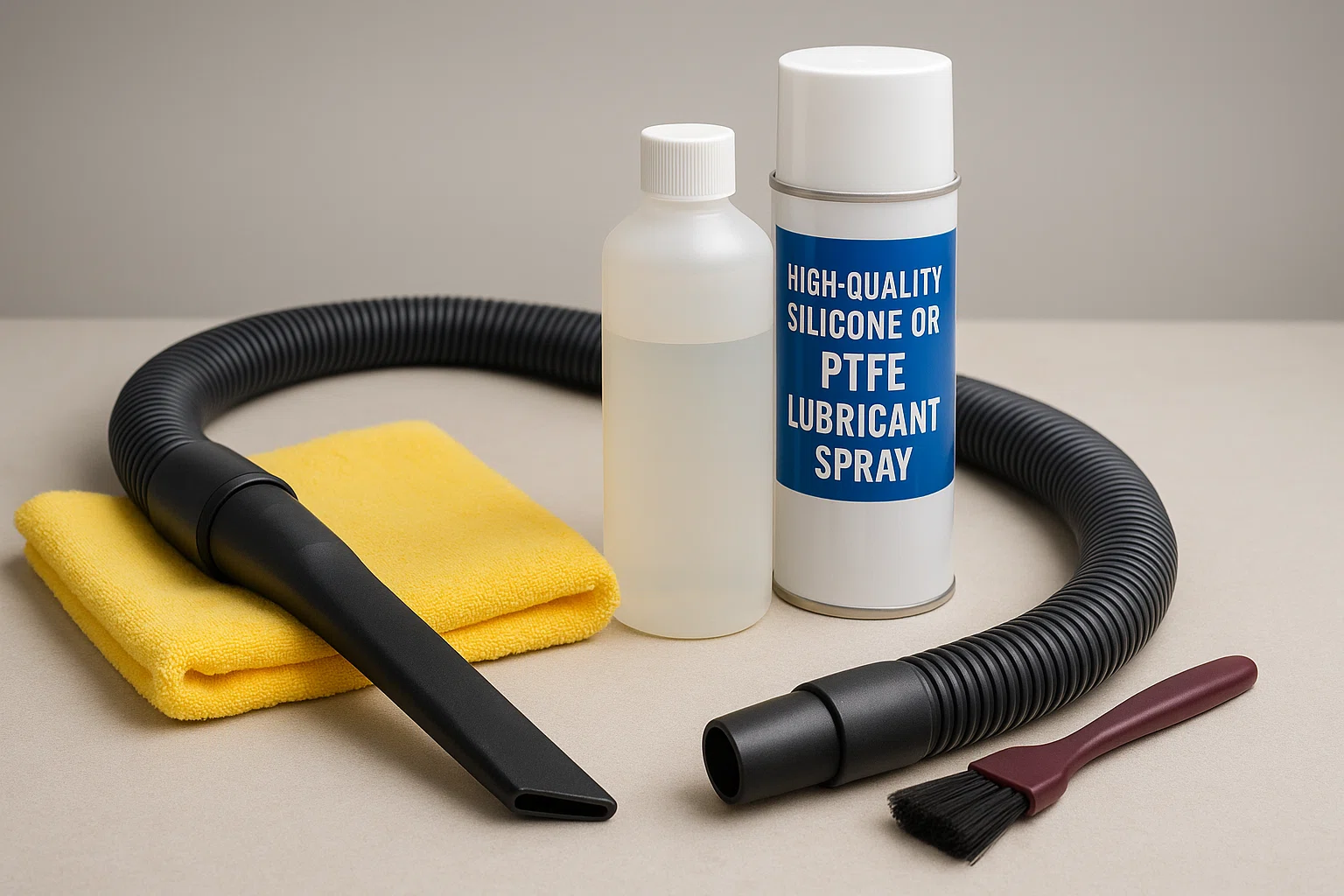
Is your vinyl Sliding Window sticking, squeaking, or requiring extra effort to open? Don’t worry — this is
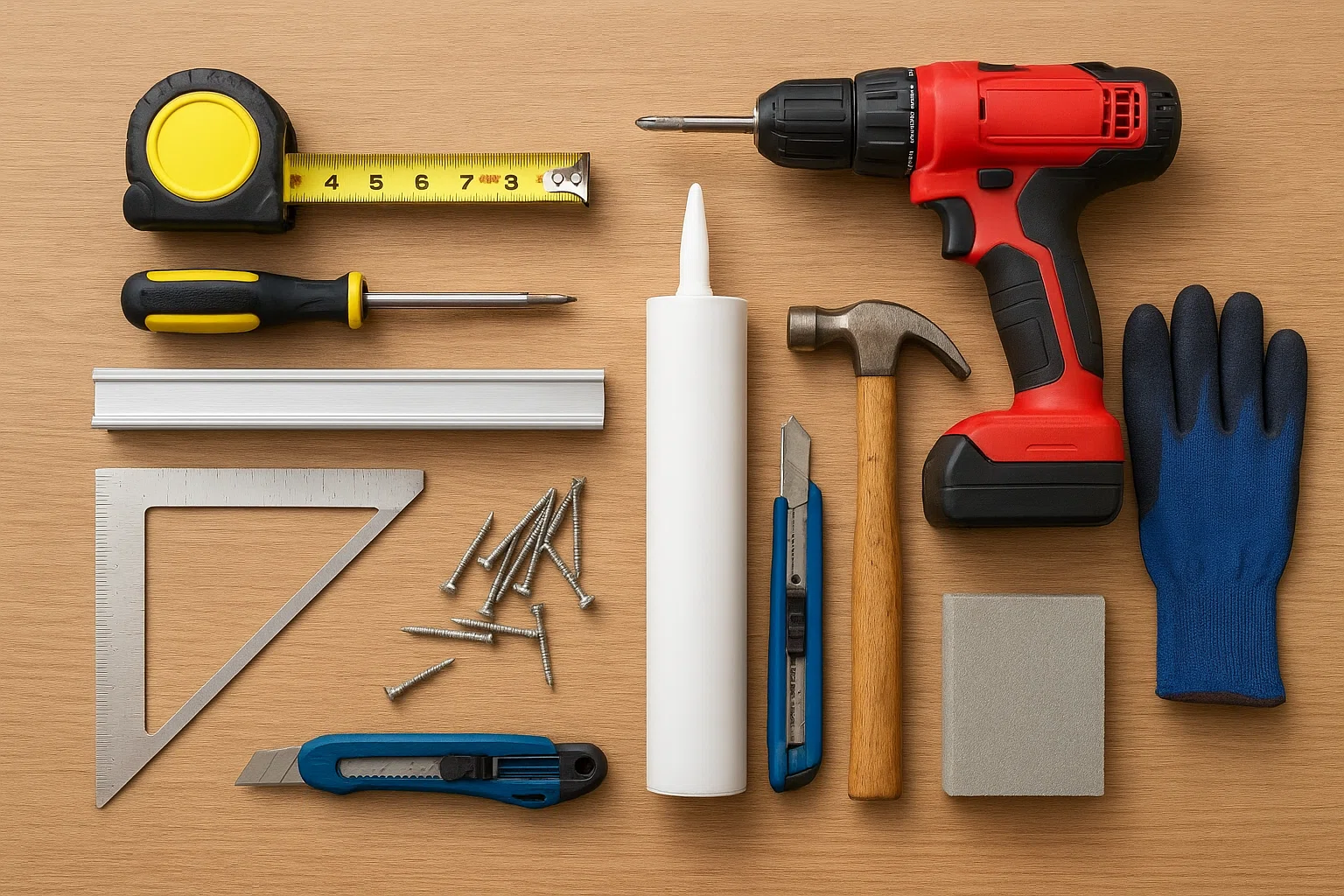
Imagine it’s a bright weekend morning, and sunlight spills gently across your living room floor. You decide it’s

Introduction Sliding windows are one of the most popular window styles in modern architecture. They combine simplicity, functionality,
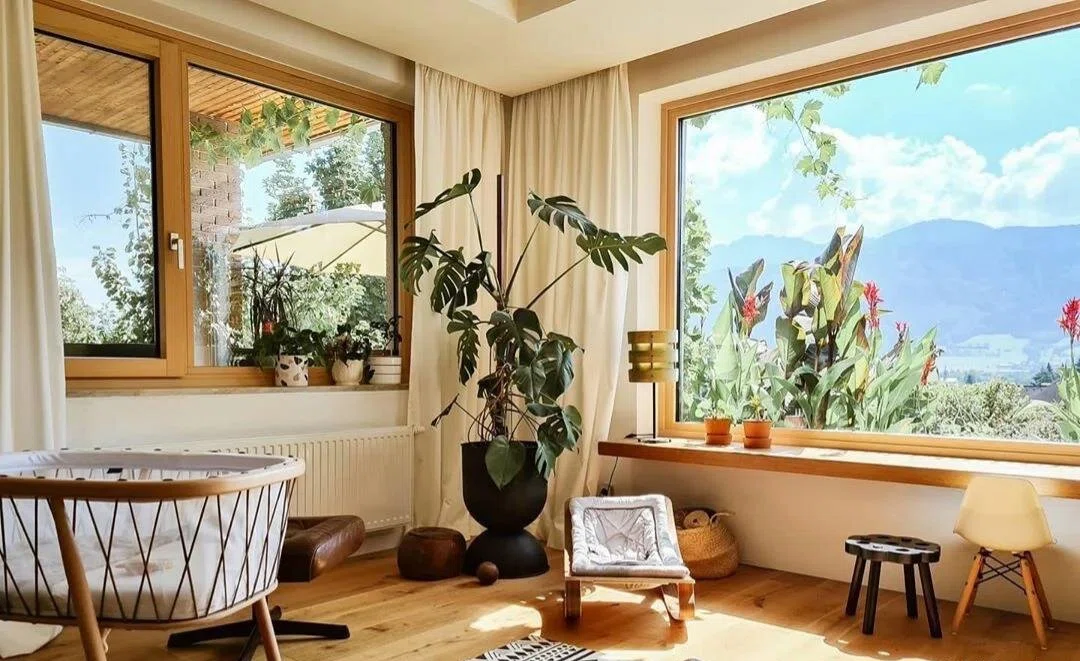
Whether you’re living in a cozy apartment or a spacious home, Sliding Window designs bring in sunlight, style,

In the modern construction and renovation world, sliding windows have become one of the most sought-after choices among
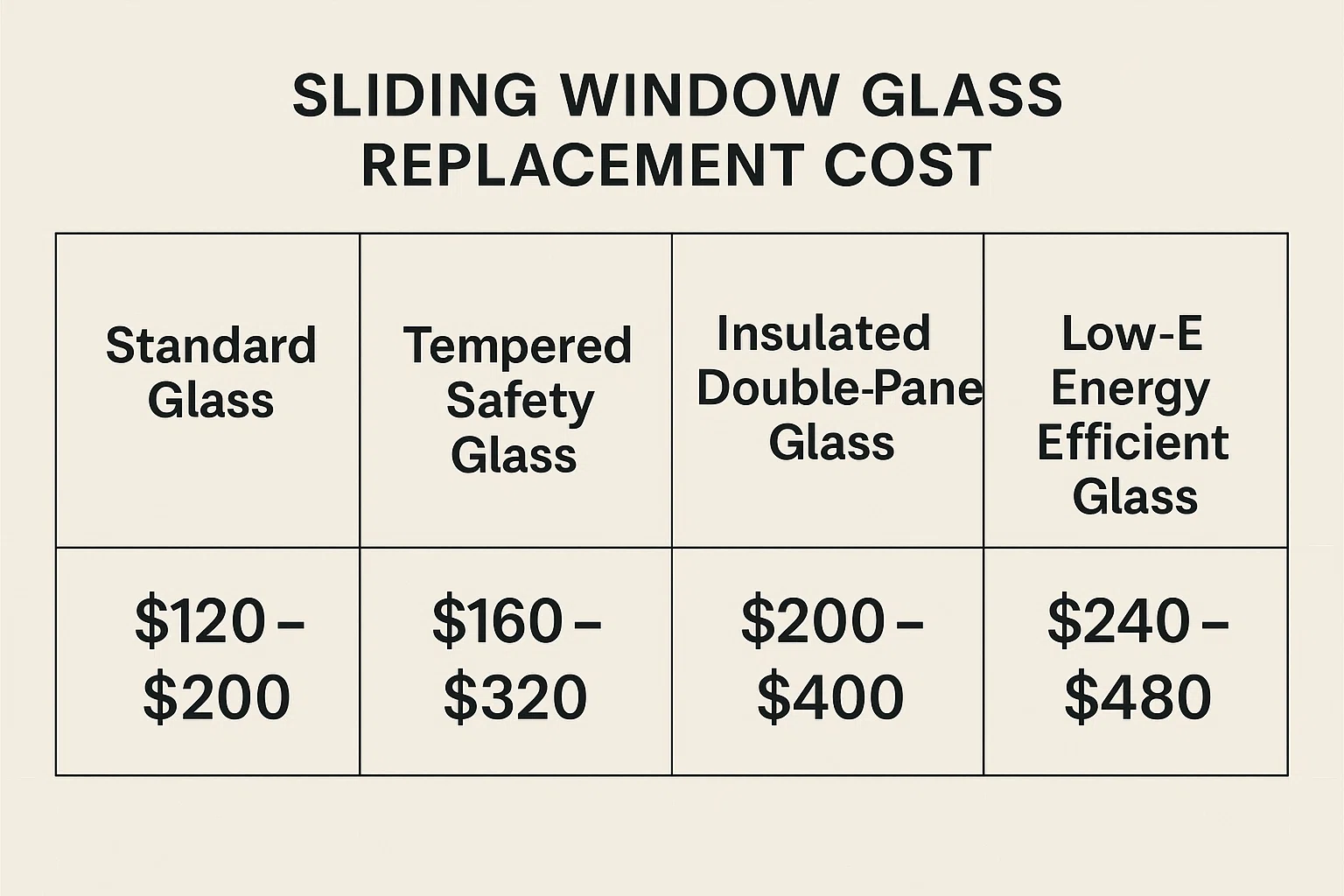
Contractors, window dealers, and building suppliers often get asked the same question:“How much does it cost to replace one
A sliding window, also called a gliding window, horizontal sliding window, track window, bypass window, or slider window, is a type of window that opens horizontally along a track at the top and bottom of the frame. Unlike double-hung windows, where sashes move up and down, sliding windows are “turned on their side,” letting the sashes glide left and right for easy operation.
Basic Structure and Configurations
Two-Panel (Two-Lite) Sliding Window: One panel stays fixed while the other slides horizontally to open. The operable sash can move left or right depending on installation.
Three-Panel (Three-Lite) Sliding Window: Usually has three panels, with the center often fixed and the outer sashes sliding inward. Some designs allow two sashes to slide past a fixed center or other custom arrangements.
Sliding windows are typically wider than they are tall, making them ideal for panoramic views, patios, or any wide openings. Optional insect screens are available, and you can choose which sash is operable to suit your layout.
A sliding window can be called a “gliding window” or a “sliding window.” They are the same thing.
Sliding window sizes will vary depending on the design and series you choose. Our largest sliding window is 12-feet wide and 6-feet high (100 Series), and custom sizing is also available. If you are looking for a huge sliding window, We can customize according to our needs
Sliding (Gliding) window hardware can be either traditional or contemporary.
Sliding windows (Gliding windows) come in several different styles. On some sliding windows, only a single side moves, while the other side stays fixed. Others can be configured so both sides move independently, allowing you to create airflow on both sides simultaneously. And you can even get sliding windows with three-sash configurations.
Not necessarily. Our sliding windows are similar in efficiency to our double-hung windows, but less efficient than our casement windows. However, like most windows, their energy efficiency can vary depending on the design and type of glass you choose.
You should consider sliding windows for patios, porches, walkways, or decks because they stay flush against the wall and do not open inward or outward. You might also consider them in indoor/outdoor spaces to pass food and drinks through.
Sliding windows are some of the best windows for patios, porches, walkways, or decks because they stay flush against the wall and do not open inward or outward. Since they have a horizontal orientation, they are also a perfect fit in single-story homes with lower ceilings, or any spaces with a wider orientation.
Sliding windows can be made of several different materials, each with their own benefits. Nearly all of our sliding windows have a wood core for improved durability and insulation that is covered (clad) in another material for protection against the elements. Aluminum gliding windows are extremely durable, virtually maintenance-free, and can have nearly limitless customizations. Vinyl sliding windows are low-maintenance and generally cost less.
You can put insect screens on gliding windows. We can provide high-quality mosquito nets according to demand
Sliding windows can be very safe if proper safety measures are taken. Since they stay flush against a wall, they do not carry the same clipping risks as windows that open inward or outward. You can also use gliding window opening control device kits which are designed to prevent accidental falls by children aged five (5) years and younger while also allowing the full opening of a window as needed for escape, rescue, or ventilation. With proper location and installation, window opening control devices allow for a less than 4″ (inch) opening.
If you are looking for a window that glides vertically, look for a single-hung or double-hung window.